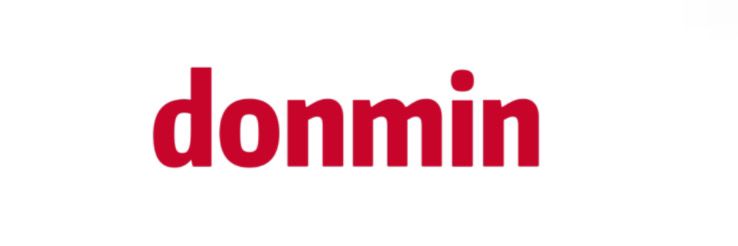10 Essential Factors Affecting Wall Glass Wool Price in 2023
In the ever-evolving market of construction and insulation materials, wall glass wool remains a popular choice due to its significant insulation properties and sound absorption capabilities. As we delve deeper into 2023, several factors influence the wall glass wool price, affecting both manufacturers and end-users alike.
The company is the world’s best wall glass wool price supplier. We are your one-stop shop for all needs. Our staff are highly-specialized and will help you find the product you need.
1. Raw Material Costs
The primary component of wall glass wool is silica, which is subject to fluctuations in mining costs and global supply chain dynamics. In 2023, many regions are facing disruptions due to geopolitical factors and supply chain bottlenecks, causing an increase in raw material prices. As these costs rise, manufacturers may pass the burden onto consumers, thereby raising the wall glass wool price.
2. Energy Prices
The production of wall glass wool is energy-intensive. With the rise in global oil and gas prices, energy costs for manufacturing plants have seen an uptick. In light of this, manufacturers need to be strategic in managing their expenses. Customers might feel these price increases, prompting the need for effective budget management in insulation projects.
3. Demand Fluctuations
The construction industry's health influences wall glass wool price considerably. In 2023, an increase in building projects, particularly in emerging markets, has amplified demand. However, the challenge arises when demand outstrips supply, leading to inflated prices. Customers can adapt by planning their purchase timelines to coincide with off-peak seasons, when prices might be lower.
4. Technological Advances
As technology evolves, new materials and production processes emerge. While innovation can lead to better products, it can also increase initial investment costs. Therefore, potential customers should weigh the long-term benefits over the immediate price. It is sometimes beneficial to consult with insulation specialists to assess the most cost-effective solutions that fit specific project needs.
5. Regulations and Standards
Government regulations regarding insulation materials often require manufacturers to adhere to stricter environmental and safety standards. Compliance sometimes leads to increased production costs, which can ripple through to wall glass wool pricing. Homeowners and builders are encouraged to stay informed on these standards to better understand the implications on pricing and to choose compliant products that ensure safety and longevity.
6. Market Competition
The wall glass wool market has seen a rise in competition among manufacturers. This can stabilize prices; however, in cases of price wars, quality could be compromised. Consumers should prioritize quality by researching manufacturers and selecting reputable companies to ensure they are purchasing high-quality wall glass wool, even if it comes at a slightly higher price point.
7. Shipping and Logistics
Shipping costs are unpredictable, influenced by fuel prices and logistical challenges. In 2023, heightened shipping costs due to global trade issues affect wall glass wool price significantly. Customers should consider purchasing from local suppliers when possible, as this can mitigate shipping costs, leading to savings in total insulation expenses.
8. Market Trends
The rise of sustainable building practices has altered consumer preferences, leading to an increase in demand for eco-friendly insulation options, including advanced glass wool products. While these products often command a higher price, they offer better energy efficiency and lower long-term utility costs. Customers should evaluate the lifecycle costs of insulation to determine if a higher upfront investment aligns with their financial plans.
9. Installation Costs
Even if wall glass wool prices remain stable, the cost of installation can be a significant factor. Skilled labor shortages in 2023 have driven up these costs. Homeowners and contractors can potentially reduce installation expenses by undertaking partial projects themselves or by scheduling installations during off-peak seasons to leverage lower labor rates.
10. Global Economic Conditions
Economic fluctuations, including inflation and currency depreciation, can directly impact wall glass wool pricing. In uncertain economic times, consumers may hesitate to invest in insulation, waiting for more favorable conditions. A viable solution is to seek financing options or incentives offered by local governments, which can alleviate some of the financial burdens associated with insulation projects.
In conclusion, the wall glass wool price in 2023 is influenced by a multifaceted array of factors, from raw material costs to global economic conditions. Customers must navigate these challenges by staying informed and proactive, exploring viable solutions to ensure they make cost-effective choices for their insulation needs.
For more medicine rubber foam priceinformation, please contact us. We will provide professional answers.


